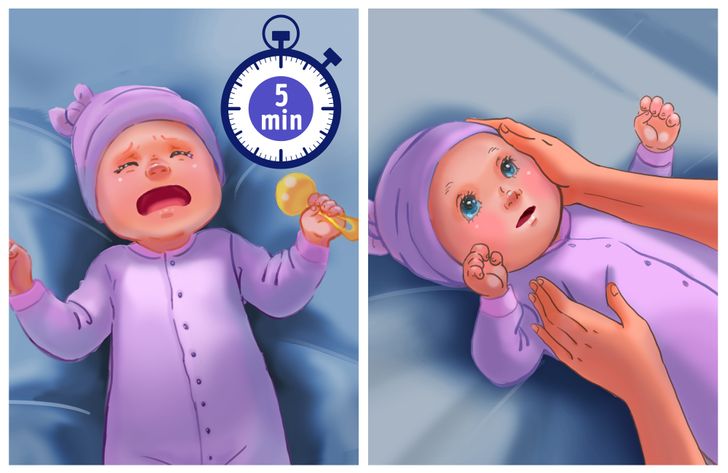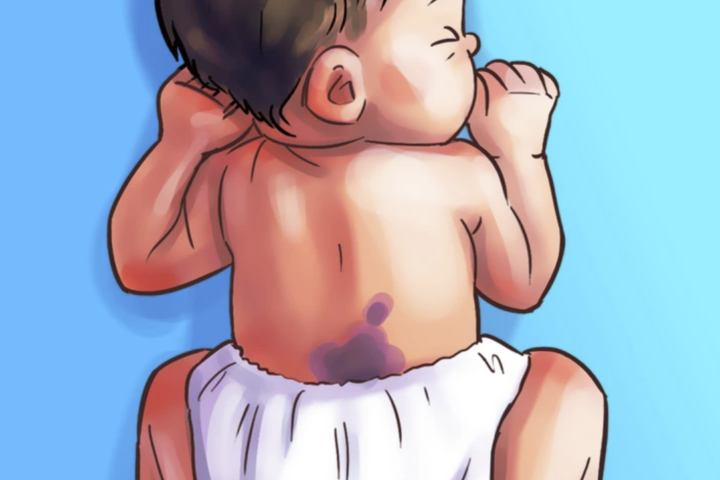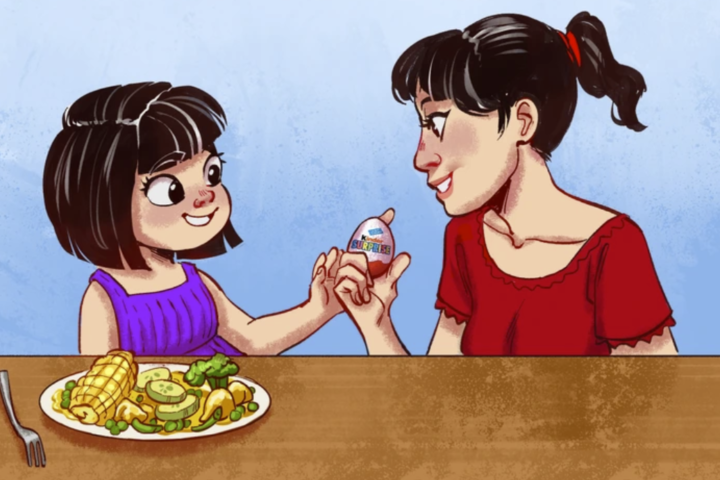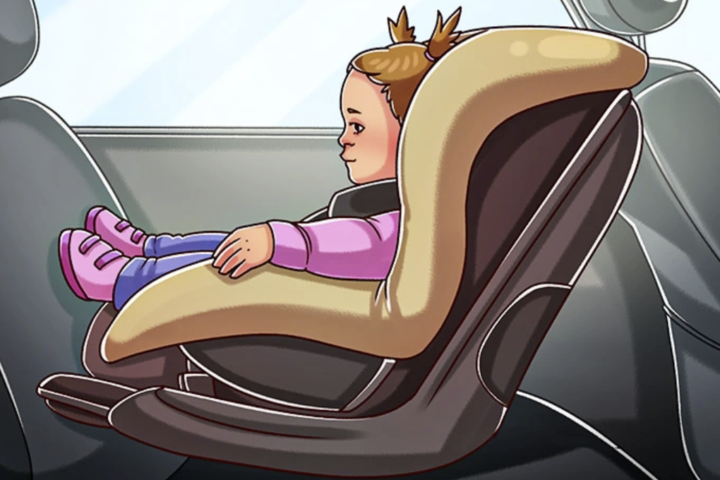Having a crying baby can be distressing for both new and experienced parents alike. It’s natural for babies to cry as it’s their way of communicating their needs and expressing themselves. However, it can be challenging to figure out why a baby is crying and how to soothe them. In this article, we will explore some genius hacks to help make a baby stop crying.
1. Swaddling
Swaddling is a technique that involves wrapping a baby securely in a blanket to mimic the feeling of being in the womb. This can help calm a fussy baby as it provides them with a sense of security and comfort.
To swaddle a baby, lay a blanket flat, and fold one corner down. Place the baby on the blanket with their head above the folded corner, and wrap one side of the blanket across their body, tucking it underneath them. Then, fold the bottom of the blanket up and wrap the other side across their body, securing it with a snug tuck.
Make sure the swaddle is not too tight or too loose, and always place the baby on their back to sleep.
2. White Noise
White noise, such as the sound of a fan or a white noise machine, can help soothe a crying baby. White noise creates a constant and familiar sound that can block out other noises and create a calming environment for the baby. You can try using a white noise machine or simply turn on a fan in the room to create a gentle hum that can help soothe a fussy baby.
3. Pacifiers
Pacifiers can be a helpful tool in calming a crying baby. Babies have a natural instinct to suck, and a pacifier can provide comfort and distraction. If your baby is not breastfeeding exclusively, you can offer them a pacifier to help soothe them.
However, it’s important to wait until breastfeeding is well-established before introducing a pacifier, usually around 4-6 weeks of age. Always choose an age-appropriate and safe pacifier for your baby.
4. Baby Wearing
Wearing your baby in a carrier or a wrap can be a great way to soothe a fussy baby. The close physical contact, warmth, and gentle motion of being carried can provide comfort to a baby and help them feel secure. Baby wearing also allows you to be hands-free, which can be helpful for getting things done while comforting your baby at the same time.
5. Changing Positions
Sometimes a baby may cry due to discomfort from being in the same position for too long. Changing your baby position can help alleviate any discomfort and provide a distraction and stop them from crying. You can try gently changing the baby’s position by laying them on their back, then picking them up and holding them in a different position, or placing them in a safe baby seat or swing. Experiment with different positions until you find one that your baby finds soothing.
6. Skin-to-Skin Contact
Skin-to-skin contact, also known as kangaroo care, is a technique where the baby is placed skin-to-skin with their caregiver, usually on the chest. This practice has been shown to have numerous benefits, including regulating the baby’s body temperature, heart rate, and breathing, and promoting bonding and attachment. Skin-to-skin contact can also help soothe a crying baby by providing them with a sense of security and comfort.
7. Gentle Rocking or Swinging
Babies are accustomed to the gentle rocking and swaying motion they experienced while in the womb. Recreating this motion can be soothing for a fussy baby. You can try gently rocking or swaying your baby in your arms, using a rocking chair, or a baby swing. Be mindful of your baby’s age and developmental stage, and always follow the manufacturer’s instructions for safe use of baby swings or rockers.
8. Give a Gentle Massage
A gentle massage can be a soothing technique for calming a fussy baby. Use baby-safe oil or lotion and gently massage your baby’s back, arms, legs, and feet with soft, slow strokes. This can help relax your baby’s muscles, promote circulation, and provide a calming sensory experience.
9. Distract with Toys or Music
Introducing toys or music can be a helpful distraction for a crying baby. Choose age-appropriate toys or mobiles with soft sounds or gentle music that can capture your baby’s attention and help redirect their focus. Singing a lullaby or playing soft music can also have a calming effect on a fussy baby.
10. Check for Hunger, Diaper Change, or Discomfort
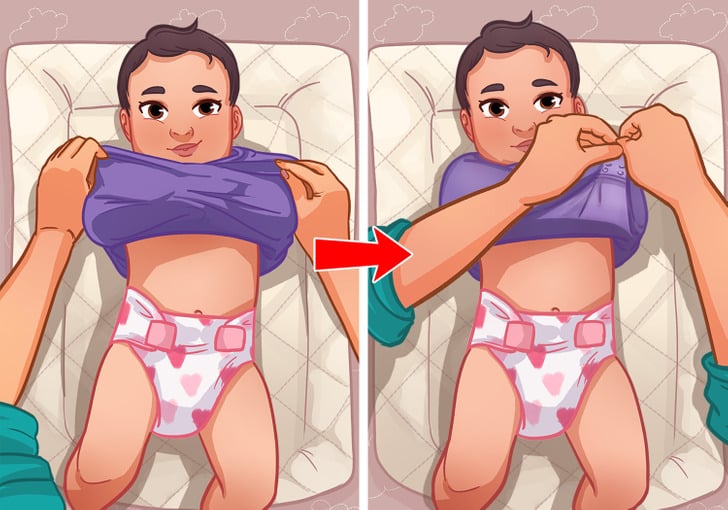
Sometimes, a baby may cry simply because they are hungry, need a diaper change, or are uncomfortable due to a wet or dirty diaper, tight clothing, or a hair tugging their skin. Check for these basic needs and address them accordingly. Offer breastfeeding or a bottle, change the diaper, or adjust the baby’s clothing to ensure they are comfortable and dry.
11. Create a Calm Environment
A calm environment can help soothe a crying baby. Dim the lights, reduce noise levels, and create a peaceful atmosphere in the room. Avoid overstimulation, such as bright lights or loud noises, which can further upset a fussy baby. Creating a calm environment can help your baby feel more relaxed and may stop them from crying.
12. Practice Responsive Parenting
Responsive parenting involves tuning in to your baby’s cues and responding promptly to their needs. Pay attention to your baby’s body language, facial expressions, and sounds to understand their signals. Respond with warmth, comfort, and reassurance. Sometimes, simply holding your baby, talking to them in a soothing voice, or offering gentle reassurance can help calm them down.
Bottom Line
Soothing a crying baby can be challenging, but there are numerous genius hacks that you can try to make a baby stop crying. It’s important to remember that every baby is different, and what works for one baby may not work for another.
Be patient, be responsive to your baby’s cues, and trust your instincts as a parent. With time and practice, you will learn what techniques work best for your baby and how to effectively soothe them. Remember to take care of yourself and seek support when needed.
Before implementing any new techniques, always prioritize your baby’s safety and consult with your healthcare provider if you have any concerns. Happy parenting!

